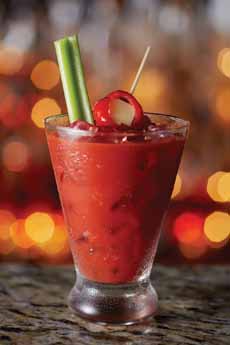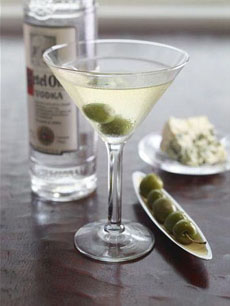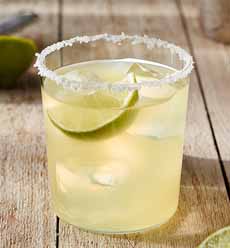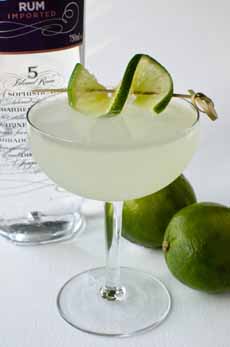FOOD HISTORY: The History Of Happy Hour
|
|
November 12th is National Happy Hour Day. If you work anywhere near a bar or lounge, you’ve probably seen a sign for Happy Hour. Happy hour is a marketing term for a time when venue (such as a restaurant, bar, bowling alley, stadium, state fair, or county fair) offers discounts on alcoholic drinks. Free appetizers and discounted menu items are often served during happy hour. But it hasn’t always been that way. While the words “happy hour” have appeared for centuries to describe enjoyable times, its use to refer to a scheduled period of camaraderie is of much more recent vintage. > The year’s 49 cocktail holidays. Since at least the early 1880s, the terms Happy Hour Social, Happy Hour Club, Happy Hour Social Club and similar names, had been in use as the names of women’s social clubs [source]. They did not include alcohol, nor did the Navy’s version. In 1913, the crew of the U.S.S. Arkansas had started to refer to their regularly scheduled “smokers” as “Happy Hours.” There was no alcohol allowed onboard. Instead, these Happy Hours were a weekly entertainment for bored sailors at sea. They included boxing and wrestling matches, movies and music. By the end of World War I, these “Happy Hours” had spread throughout the entire Navy [source] and “dr. But alcohol was not restricted offshore, as evidenced by the “Drunken Sailor” song and “drunk as a sailor” anecdotes. A 1959 article on military life in the Saturday Evening Post referred to “those who spend too much ‘happy hour’ at the bar.” Other sources—mostly from places near Naval bases in California—refer to this cocktail time as early as 1951. It wasn’t until Prohibition that “Happy Hour” began to mean drinking alcohol [source]. People would host “cocktail hours,” also known as “happy hours,” at a speakeasy, prior to eating at alcohol-free restaurants. “Happy Hour” became a euphemism for that time. Following Prohibition, cocktail lounges continued the trend of drinking before dinner, and the term “Happy Hour” continued. In the 1960s, some bars and lounges began the promotion of discounted drinks during “Happy Hours.” These took place immediately after the standard work day, from 4 p.m. to 6 p.m. or 5 p.m. to 7 p.m. on weekdays. A buffet of nibbles—pigs in blankets, mozzarella sticks, crudités, mini pizzas, etc.—were usually served free, to accompany the drinks. Some Happy Hours got too happy, with resulting legislation to curtail the half-price drinking and its related car accidents. In 1984, Massachusetts was one of the first U.S. states to implement a statewide ban on happy hours. Other states followed, including Alaska, Indiana, North Carolina, Oklahoma, Rhode Island, Utah and Vermont. The reasons for the bans included the prevention of drunk driving, the elimination of nuisance noise to neighbors, and drunken behavior in the neighborhood. It may be too late for this year, but mark your calendar for next year. And be happy, responsibly. While each survey differs—and preferences vary by region, age group, etc.—a 2019 survey of bartenders published on MSN.com listed the 10 most popular cocktails as (in alphabetical order): |
|
|
|
||








